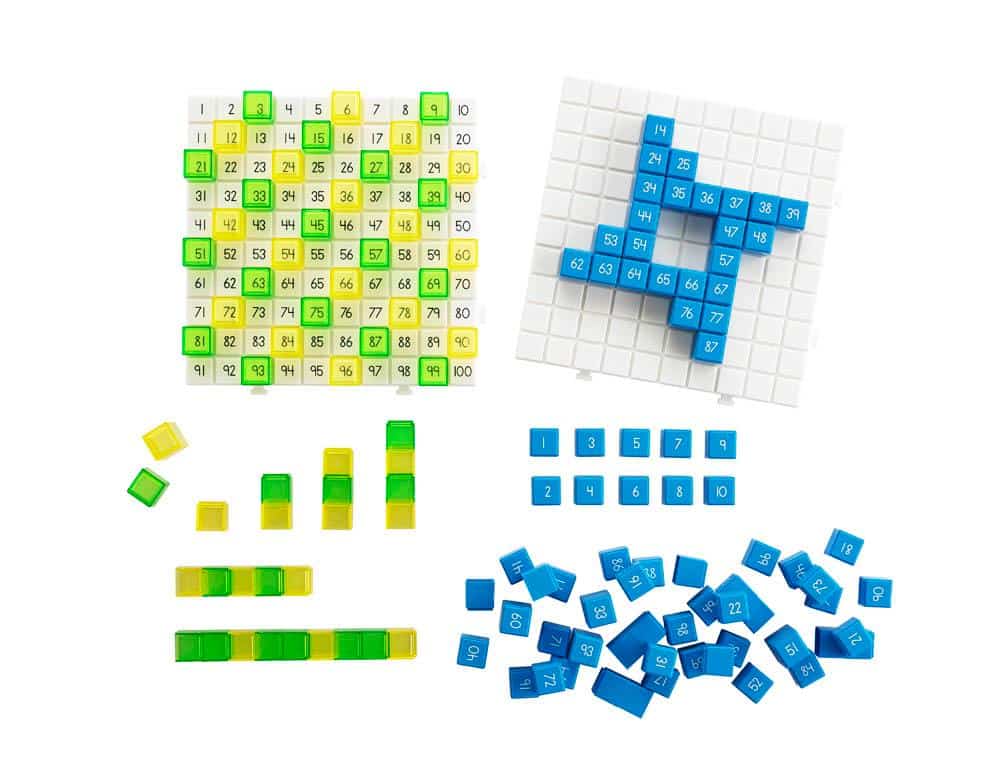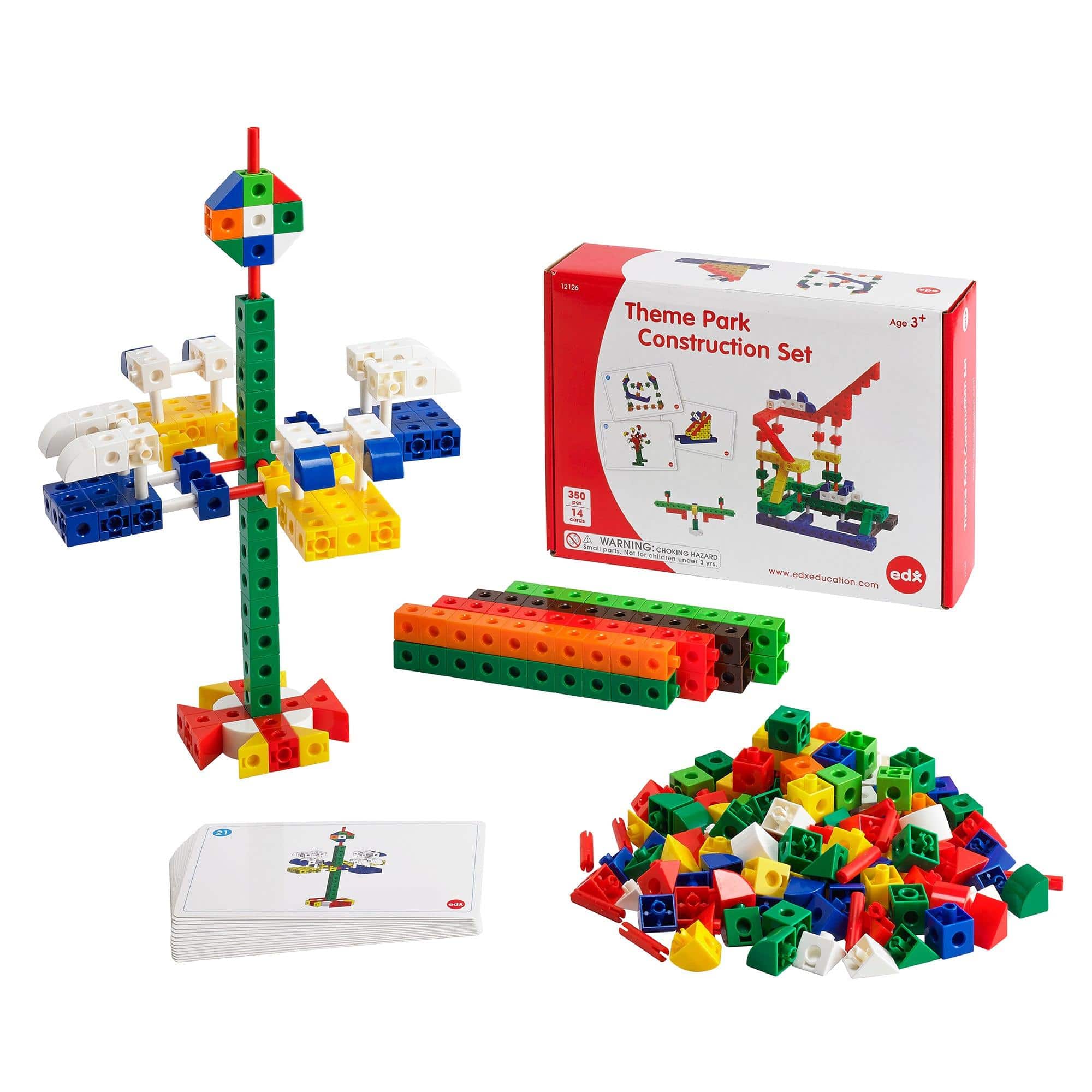The Psychology Behind Kids’ Love for Toy Trains
Children and toy trains seemingly go hand in hand. Whether it’s the classic wooden railway sets or the modern electric models, toy trains have captivated the hearts and minds of children for generations. But what is it about these mini locomotives that sparks such fascination in young minds? Let’s dive into the psychology behind kids’ love for toy trains and explore the reasons behind this enduring affinity.
1. Imaginative Play
Toy trains provide endless possibilities for imaginative play. Children can create their own miniature worlds, complete with train tracks, stations, and landscapes. This type of play allows them to engage in storytelling, problem-solving, and role-playing, fostering creativity and cognitive development.
2. Sense of Control
Controlling the movement of a toy train gives children a sense of power and autonomy. They can decide where the train goes, how fast it moves, and when to stop. This feeling of control boosts their confidence and self-esteem, enabling them to build a sense of mastery and accomplishment.
3. Fascination with Movement
Children are naturally captivated by movement, and toy trains offer a dynamic and interactive experience. The sight of a train gliding along the tracks, coupled with the sounds it produces, creates a multisensory experience that stimulates their senses and keeps them engaged for hours.
4. Obsession with Order and Organization
Many kids have a fascination with order and organization, and playing with toy trains satisfies this desire. They can lay out tracks in a structured manner, ensuring each piece connects seamlessly. This allows them to exercise their organizational skills while creating a visually pleasing arrangement.
5. Replicating Real-Life Scenarios
Kids are naturally curious about the world around them. Toy trains provide a means for them to replicate real-life scenarios, such as train stations, railway crossings, and different types of trains. By imitating what they observe in their environment, children gain a deeper understanding of the world they live in.
6. Social Interaction
Toy trains also offer opportunities for social interaction and play. Multiple children can engage in cooperative play, taking turns to control the train or working together to build elaborate track systems. This fosters communication, teamwork, and the development of social skills.
Features of Toy Trains:
- Realistic train designs, including locomotives and train cars
- Authentic sound effects, such as chugging and whistle blowing
- Interchangeable tracks and accessories for custom configurations
- Battery-powered or electric-powered options for continuous play
- Remote-control functionality for added convenience
- Durable materials to withstand playful handling
- Various train themes, such as steam engines, modern trains, and vintage models
- Compatible with additional expansion packs for endless possibilities
- Engaging light features for a visually stimulating experience
- Easy assembly and disassembly for quick setup and cleanup
Toy trains not only bring joy and entertainment to children but also contribute to their cognitive, emotional, and social development. They provide a platform for imagination to soar, a sense of control to flourish, and crucial skills to be nurtured. So, the next time you see a child captivated by a toy train, remember that there’s more to it than meets the eye.


